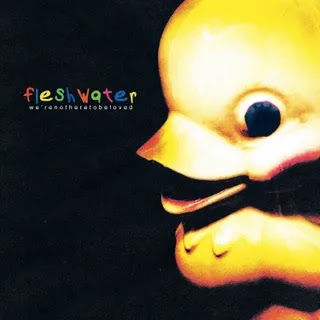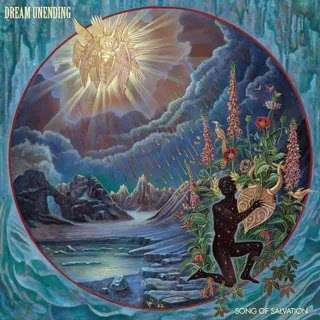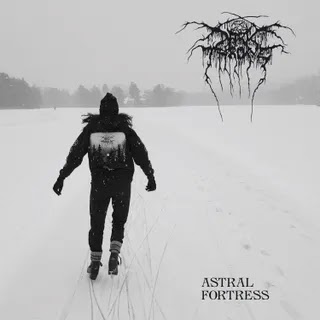Two decades later, Metallica reunite with the San Francisco Symphony for a chiefly fans-only document that adds more needless orchestration to already orchestral metal songs.
For the first 11 minutes, Metallica’s S&M2 is almost completely indistinguishable from its predecessor. There’s the slow fade-in on the sound of applause and the ominous opening arpeggio of “The Ecstasy of Gold,” the soaring Ennio Morricone film cue that has opened Metallica concerts since 1983. Next, the furious instrumental “The Call of Ktulu,” with a string section whipping at the band like crosswinds battering a ship. You might check to make sure you didn’t load up the original S&M, a 1999 live album documenting a pair of collaborative concerts with the San Francisco Symphony, which opens with the same one-two punch. But you’ll be relieved to reach track three, a majestically blown-out rendition of the 1984 classic “For Whom The Bell Tolls”—not that it didn’t appear in essentially the same arrangement on S&M, but on that album it was track 14.
So it goes with much of S&M2, recorded live with the San Francisco Symphony in September 2019. Of the 20 pieces of music here, more than half appeared in a similar form more than two decades ago on the first S&M. One of the new tracks consists of the orchestra playing a movement from Prokofiev’s “Scythian Suite”—introduced by SFS music director Michael Tilson Thomas earnestly explaining why the piece reminds him of heavy metal—without Metallica’s involvement at all. It is difficult to fathom for whom this album is an exciting prospect. In a different speech, also left on the record for no clear reason, drummer Lars Ulrich spends a minute and a half shouting out the members of the Metallica Club in attendance at the show (“I see our Polish friends over here…”), emphasizing the notion that this is for fans only. But any fan deep enough to be interested in S&M2 has surely heard S&M already.
For attendees of the concerts themselves, who may have loved the original S&M, the setlist similarities were probably not a problem. But as a recorded statement, S&M2 is eerie, almost pathological in its attempts to recreate an album that was never a major entry in Metallica’s canon in the first place. If you’ve got a thing for self-punishment and too much time on your hands, listen to dueling versions of a particular song from the two albums and try to spot the differences. My favorite is “The Memory Remains”: same line of lyrics dropped for the crowd to fill in, same weird grunted backing vocals, different hilarious ad-lib from James Hetfield to introduce Kirk Hammett’s guitar solo: he used to say Ahhh, suck it!, and now he’s going with Misterrrrr Hammett! When the crowd sings the song’s central melody like a football chant over an extended orchestral outro, I wondered if they’re singing so confidently because they heard the crowd do the same thing on the first album.
If these were 20 of the hardest-ripping Metallica performances ever put to tape, it wouldn’t matter so much that we’ve heard most of this stuff before. But that is not generally the case. The album suffers from the same primary problem that plagued the original S&M: Metallica’s best songs, intricate and ambitious though they may be, are not actually well suited for the additional orchestrating they get here, precisely because they are plenty symphonic already. When a guitar player like Kirk Hammett is shredding a multipart solo, you don’t want to hear a delicate countermelody in the second bassoons. The band, especially Ulrich, has occasional trouble keeping time with the orchestra, which is understandable. Reconciling a rock band’s internal timekeeping with an orchestra’s external conductor is probably difficult, but that doesn’t make it sound any smoother when Ulrich seems to change tempos every other measure on “The Day That Never Comes” and “Moth Into Flame,” two of the newer cuts included here. Hetfield makes the puzzling choice to deliver many lyrics with the arch theatricality of a carnival barker or Disney villain, heightening the sense that you are not hearing a rock concert, but a lousy production of Metallica: The Musical.
The album’s greatest moment by far is “(Anesthesia) - Pulling Teeth,” a solo originally performed by founding Metallica bassist Cliff Burton, who died in a bus crash in 1986. On S&M2, it is performed on electric upright bass by Scott Pingel, the San Francisco Symphony’s principal bassist. To begin, he plays “Anesthesia” like the symphonic musician he is, bowing cleanly and gracefully, drawing out the bootleg-Baroque sensibility of Burton’s arpeggios. (If you weren’t paying close attention, you might think you were hearing a Bach cello suite.) Then, he kicks on distortion and wah-wah pedals, and begins digging into the strings like his life depends on it. Though it’s the sound of only one instrument, the rumble that ensues is somehow more immense than all the ensemble performances we’ve heard so far. It is a poignant tribute to Burton, but also a “classical” reimagining of Metallica’s music that goes beyond the most obvious possibilities of what such a fusion might mean. For a few minutes, S&M2 is as heavy as Kill ’Em All or Ride the Lightning. Then the band comes back in.
















0 comments:
Post a Comment